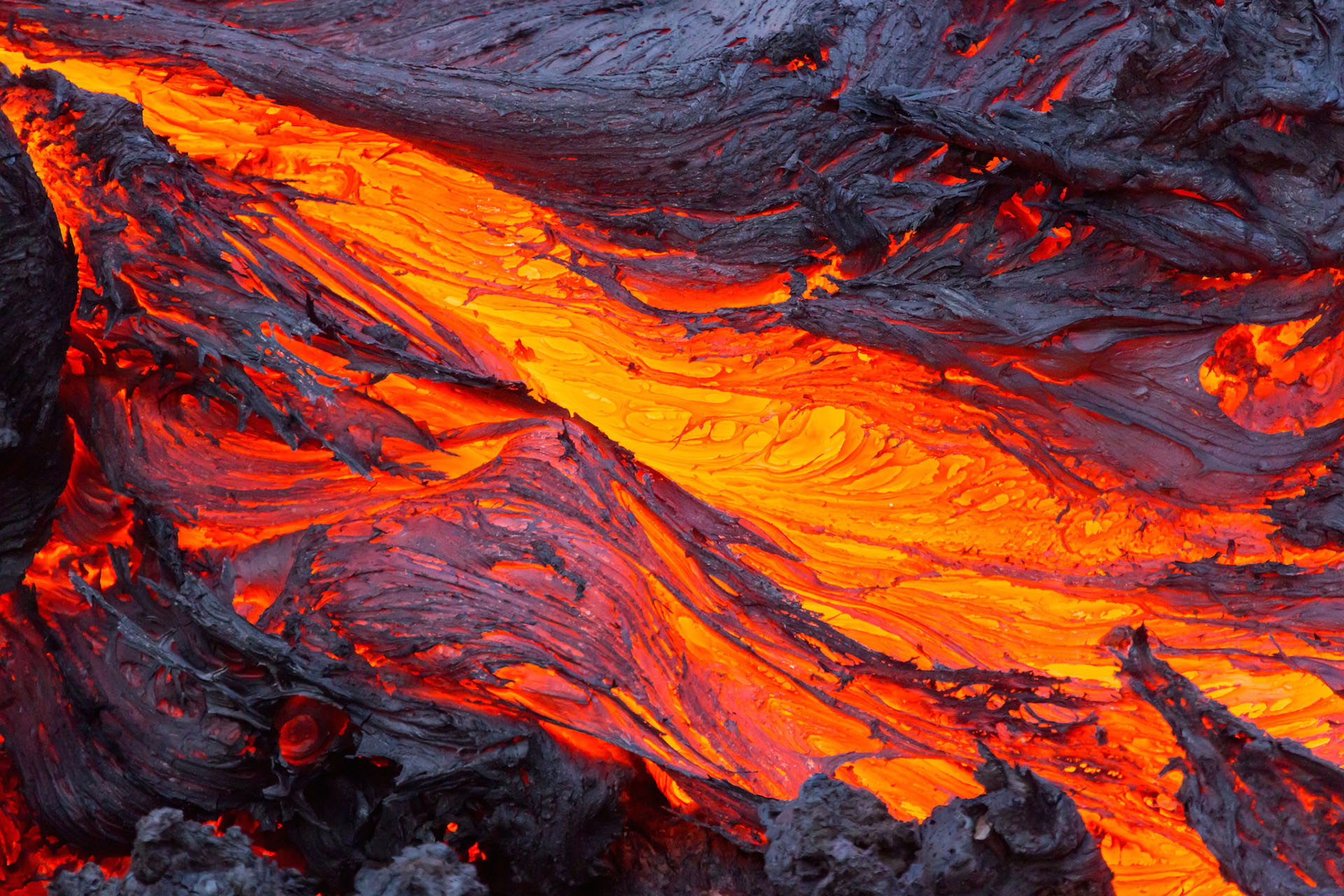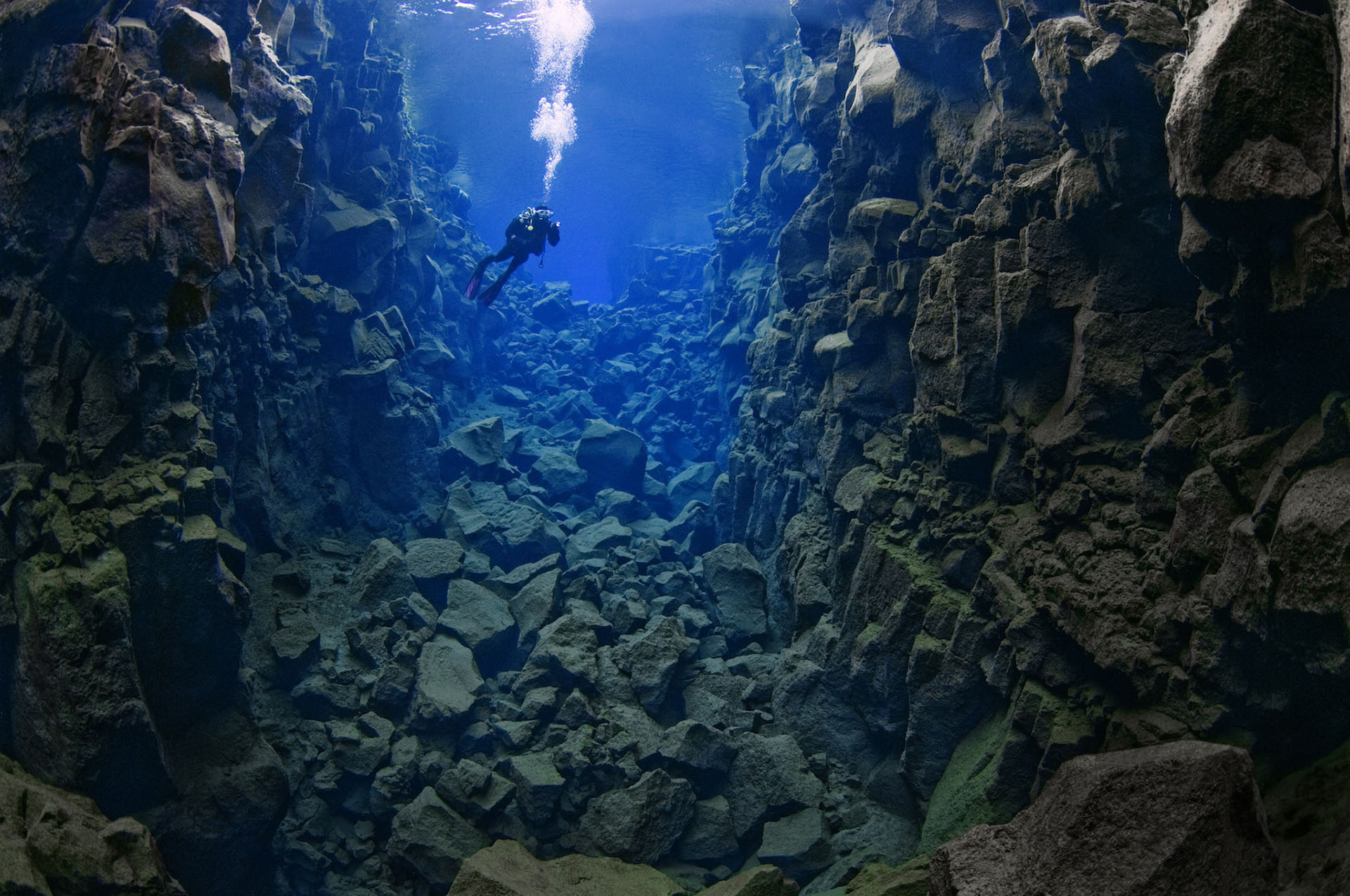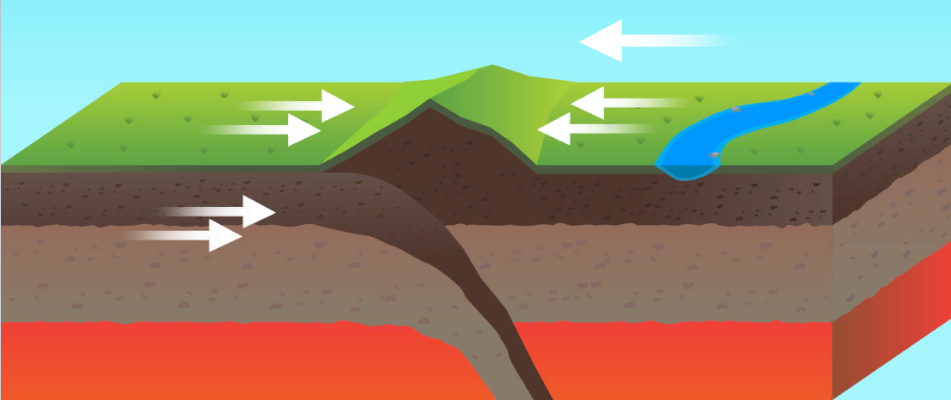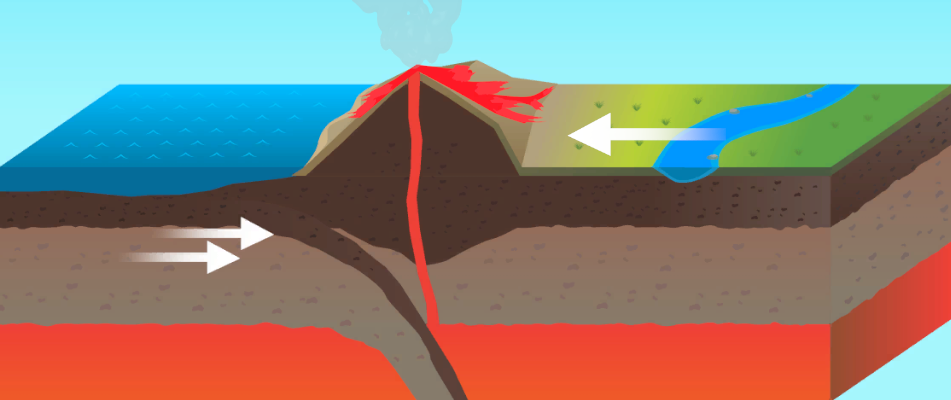Introduction
(NSF/NOAA)
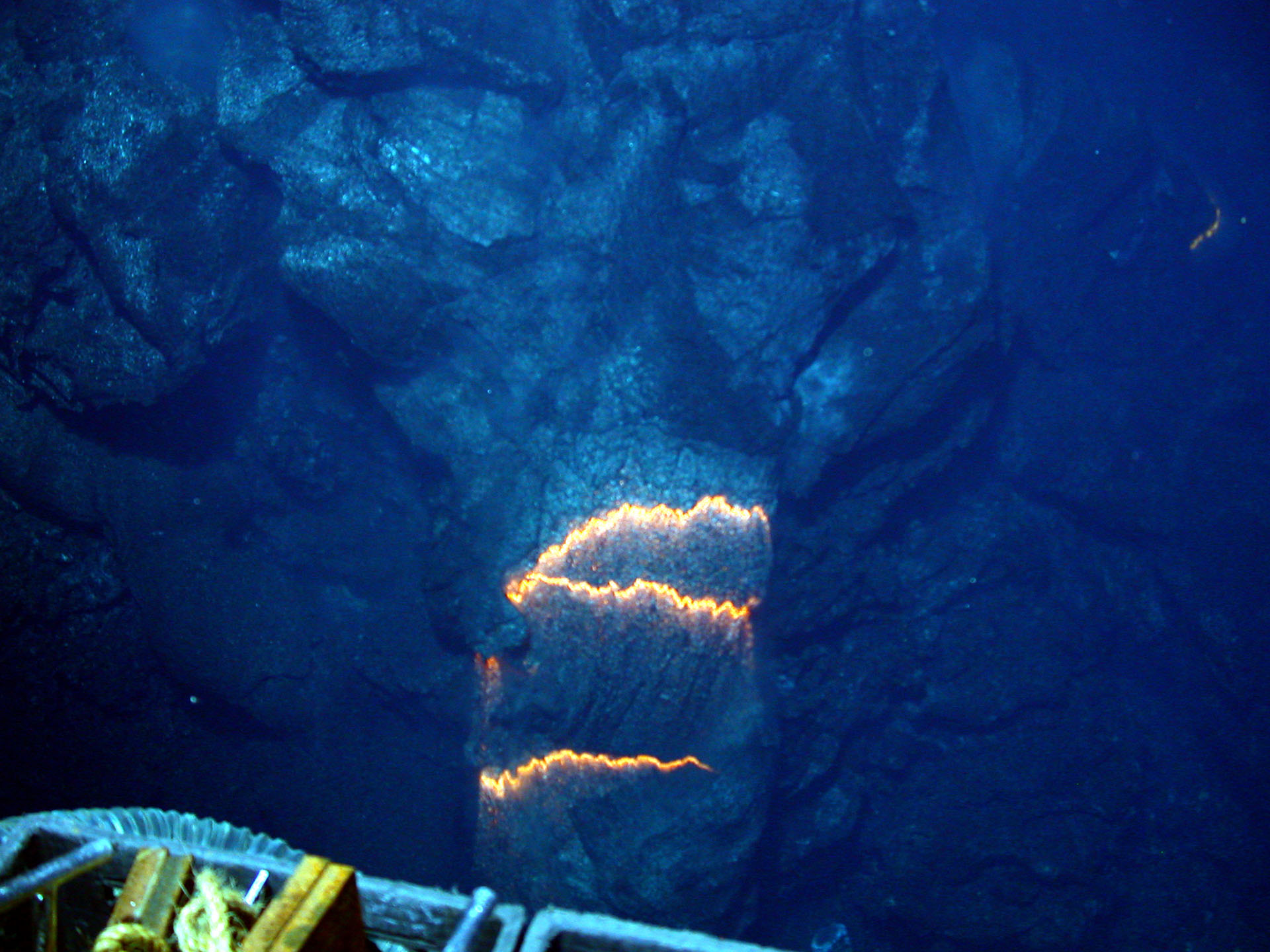
Explore All the Different Types of Boundaries
Earth’s outermost, rigid layer includes more than a dozen slabs of rock, called tectonic plates. Each of these tectonic plates is slowly and constantly moving. Many times, fascinating geologic events such as volcanoes, earthquakes and faults occur at plate boundaries, or where one tectonic plate meets another.
Other geologic events may occur unexpectedly, far from plate boundaries, happening in the interior of a tectonic plate.
Explore all of these fascinating locations to learn more about Earth’s hidden wonders.
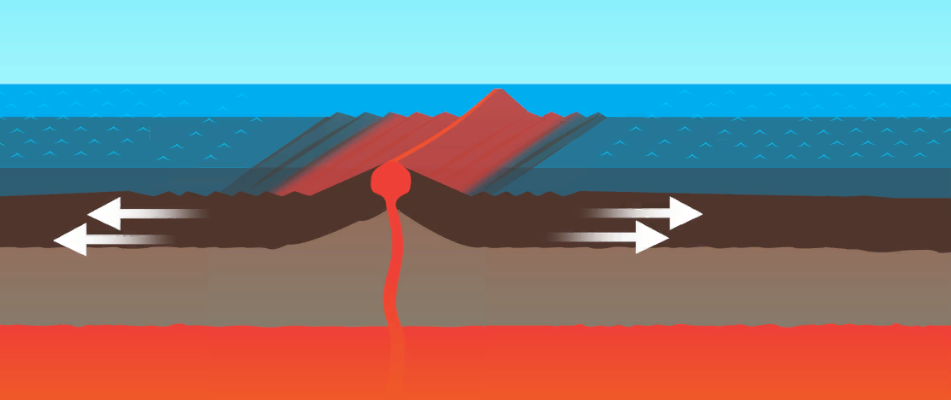
(Budkov Denis)
